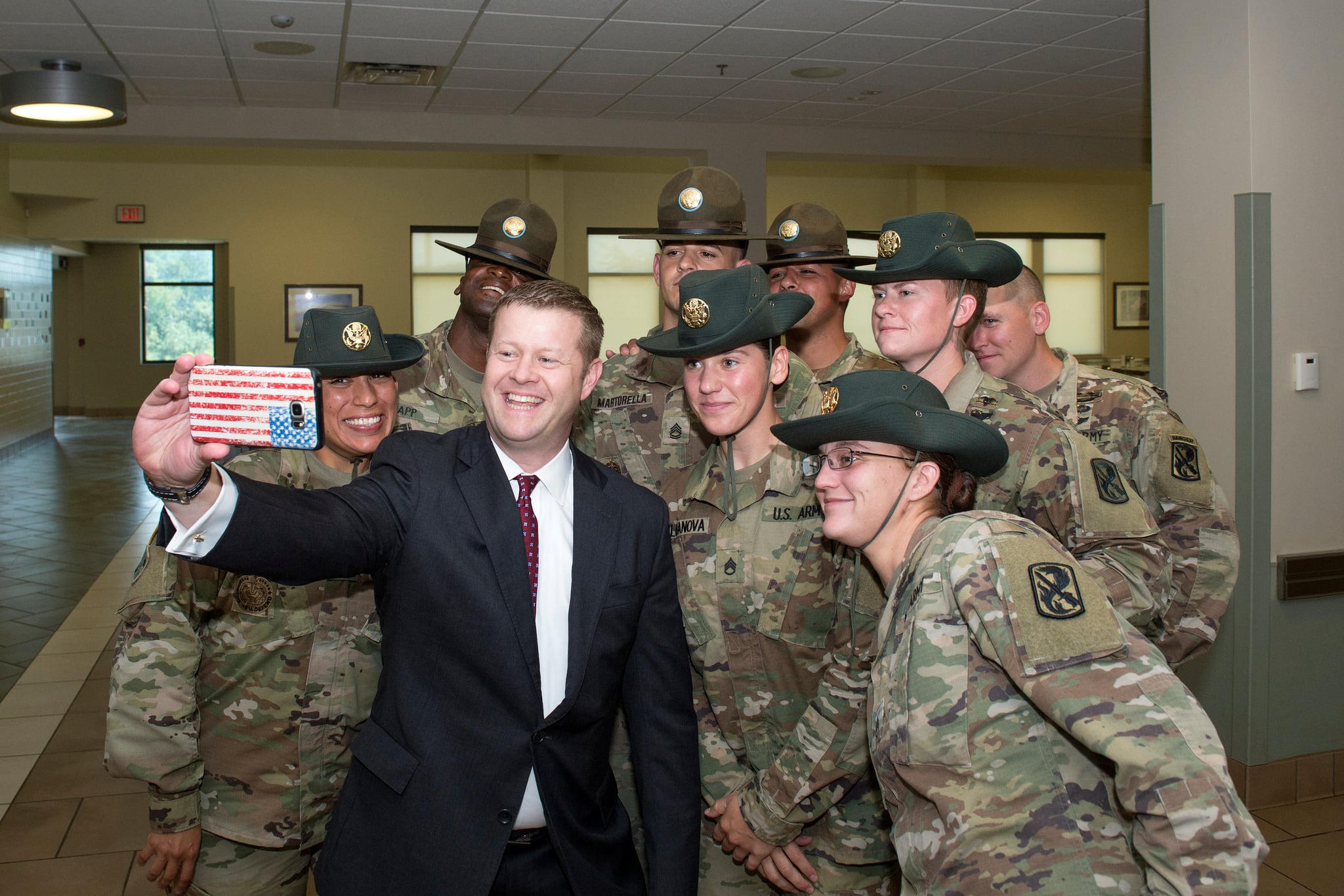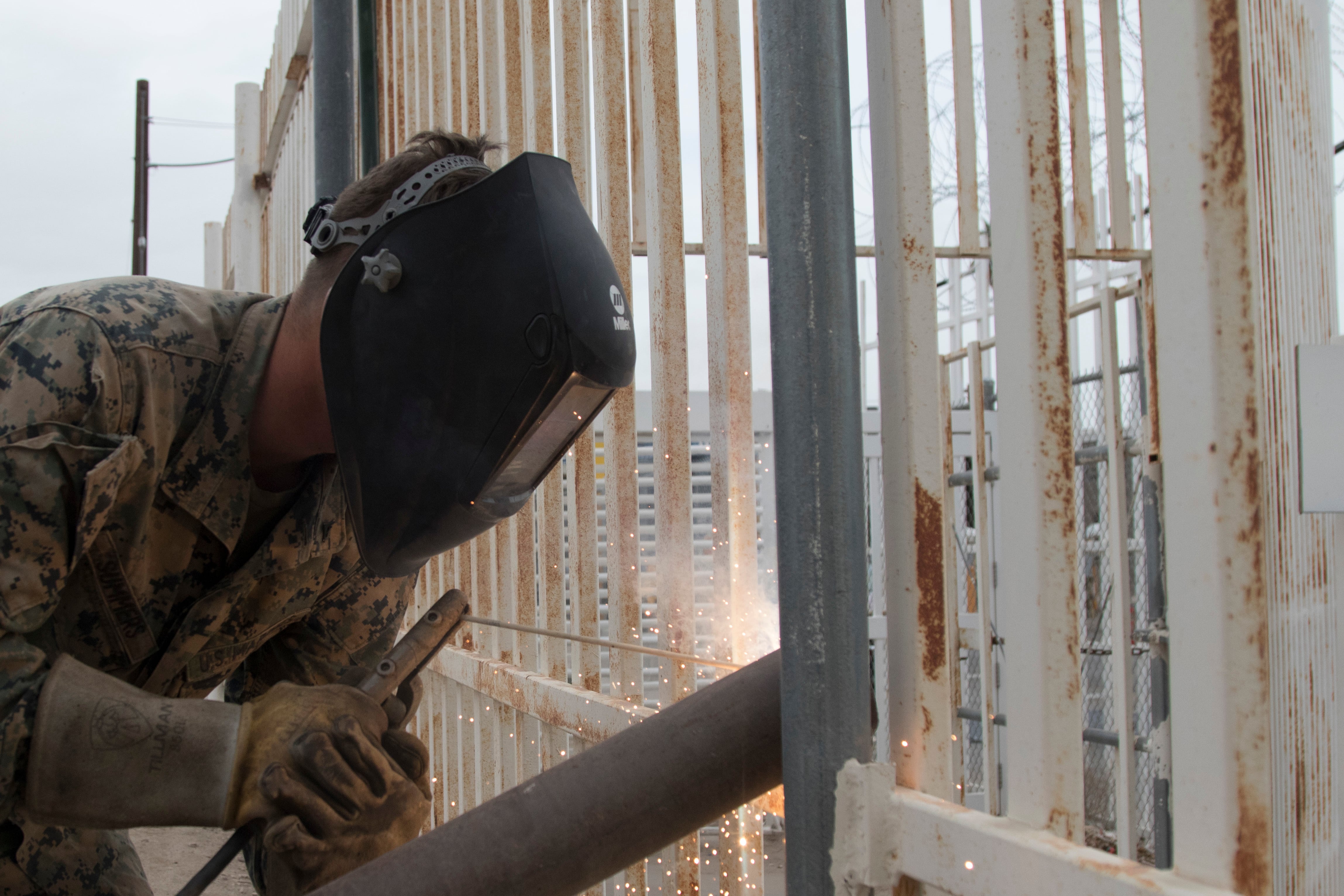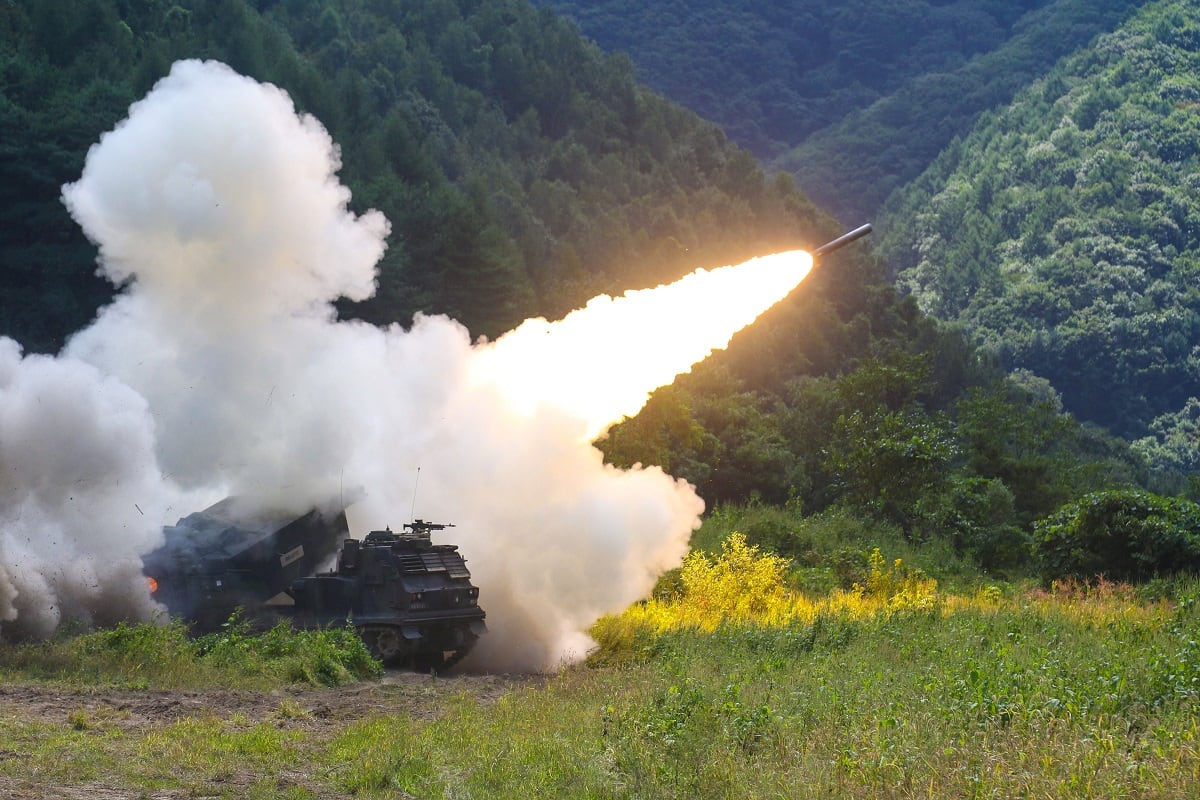The Army is poised to release its fiscal year 2020 budget proposal on March 12, the service’s No. 2 civilian said Tuesday, with fingers crossed that it’s signed into law by the end of September.
The Trump administration’s focus on military spending could see an increase in the use of temporary war funds, but elsewhere, the Army is going into budget season touting billions in savings that’ll be rerouted to modernization priorities, for example.
“We found just north of $30 billion in cuts, reductions, as well as cost avoidance,” said Army Undersecretary Ryan McCarthy. “If you walk down the balance sheet, it’s about $8 billion in cost avoidance and $22 billion in cuts or terminations, so that we could realign the funding against our priorities.”

There are six of them under the modernization umbrella, and they are the domain of Army Futures Command.
At the top of the list is long-range precision fires. Soldier gear and a new ground combat vehicle have also seen advances in the past two years.
It was a “pretty dramatic spring and summer, and some long, hot days,” McCarthy said. “The staff had to fun with it, so they branded it ‘night court'.”
The Shark Tank-like effort, he added, took about 60 hours with the chief of staff, Army secretary, vice chief of staff and a handful of other members of Army senior leadership.
The results will include a shift toward funding new weapons systems, away from some legacy programs, McCarthy said.
For members of Congress concerned about cuts to programs that have an industrial base in their districts, he added that the Army would communicate with industry partners to let them know ahead of time which programs would be affected.
“There’s also immense opportunity that will present itself as we proceed along the future years defense plan,” he said, in light of a host of new efforts that will be funded by the redistributed dollars.
Readiness and recruiting
The Army is also continuing to bolster its combat readiness quotient. Two years ago, only about a third of brigade combat teams were ready to deploy, but the Army set a goal to get that to two-thirds by about 2022, Chief of Staff Gen. Mark Milley said in congressional testimony last year.
By putting more money into home-station and combat training center rotations, that number is up to over half of the service’s 58 BCTs, McCarthy said Tuesday.
Meanwhile, Training and Doctrine Command has taken the helm of the service’s recruiting efforts, surging the number of recruiters on the ground, along with market research and advertising.
RELATED

But so far, that won’t include more dollars spent, McCarthy said.
“We’ve actually done it within the existing appropriation, and the realignment of resources against the areas of focus,” he said.
In that way, for example, the budget for enlistment bonuses will continue to stay in the range of half-a-billion dollars.
Meanwhile, the Army Marketing and Research Group’s budget is honed after several reports of mismanagement in recent years. Last year, the Army Audit Agency concluded that AMRG had spent about $37 million on programs that showed no measurable success.
So far, McCarthy said, the new focus on recruiting has paid off, with battalions in Los Angeles, Portland, Houston and New York making better numbers than they have in decades.
Meghann Myers is the Pentagon bureau chief at Military Times. She covers operations, policy, personnel, leadership and other issues affecting service members.





